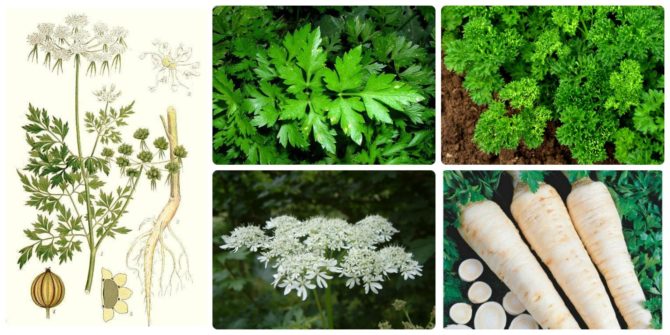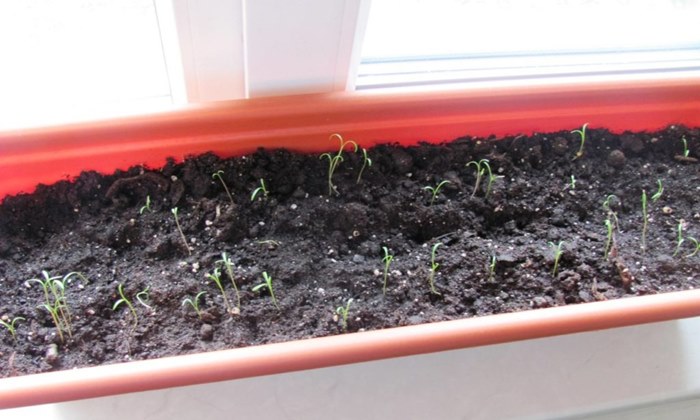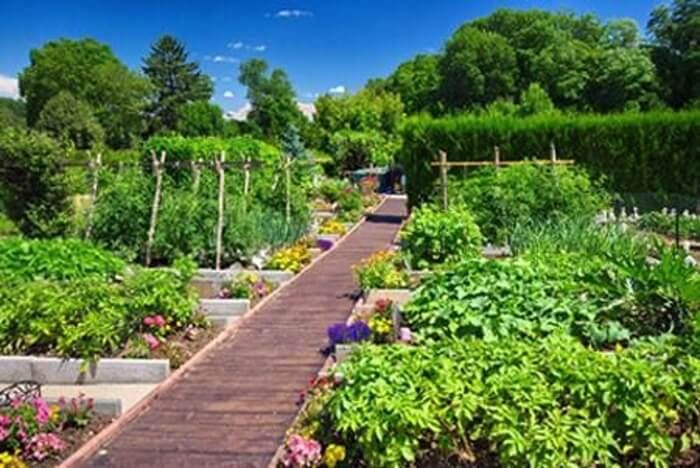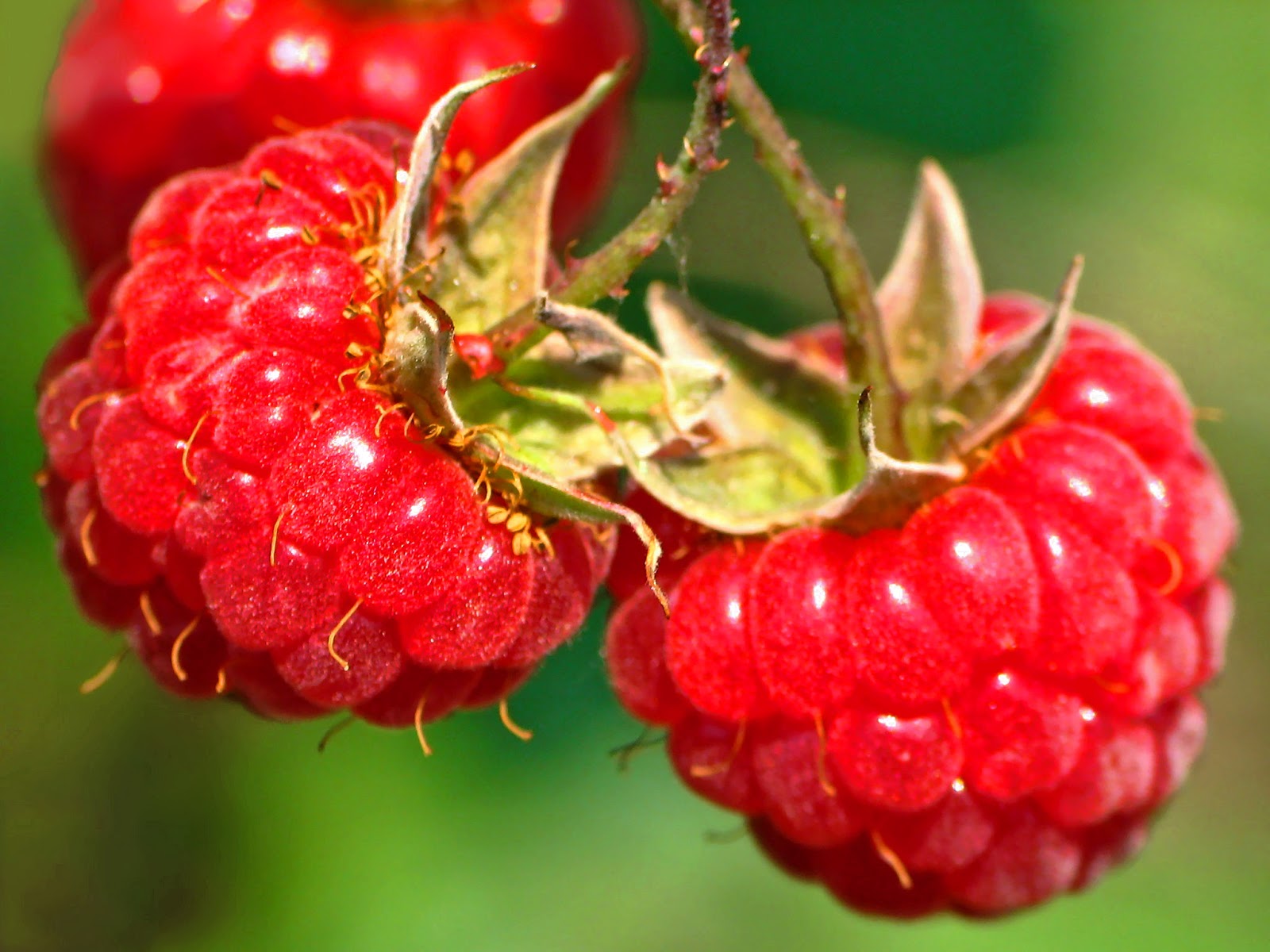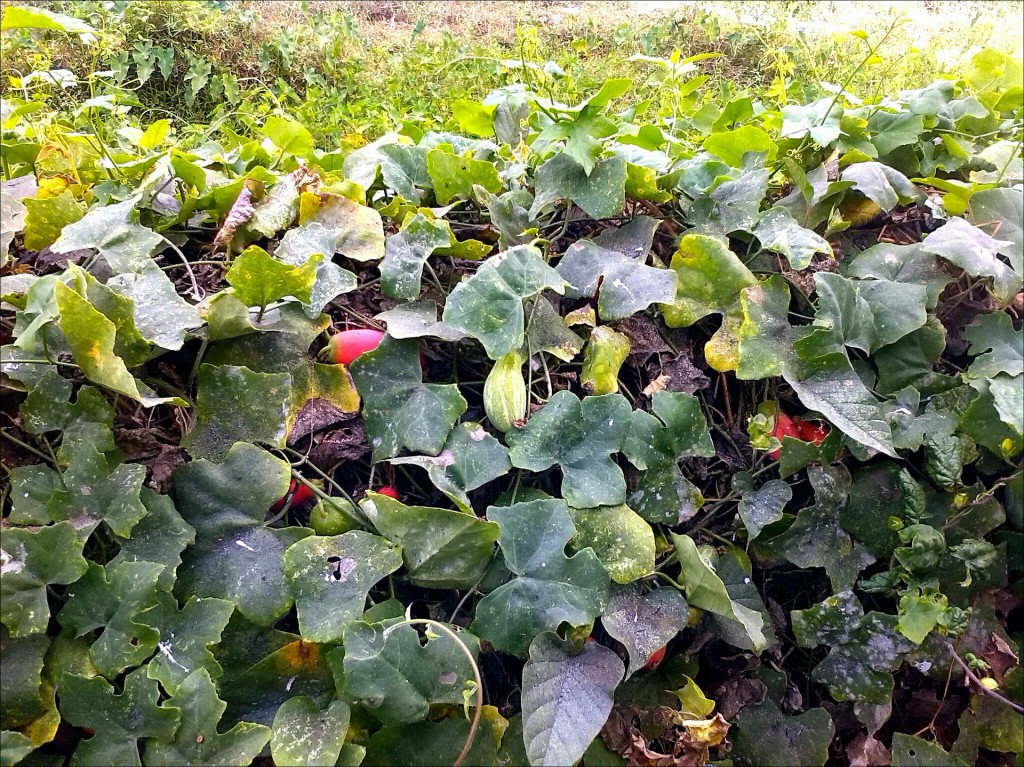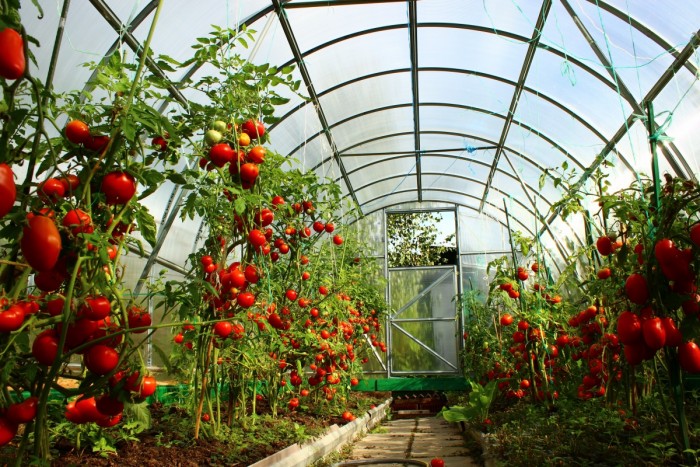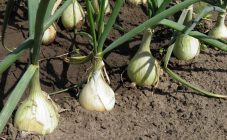Content:
Parsley is a very popular culture among summer residents and owners of backyard gardens. It produces fresh, healthy greens, and its root can be used. It is important that this culture is a good companion for many other plants. Moreover, with proper placement and circulation of crops, this plant will have a beneficial effect on neighbors and even protect some of them from pests. This article is about how to properly plan a site for planting, how to most profitably use all the useful things that parsley can give, and how to organize the right joint plantings.
What area to allocate for parsley
Growing conditions for parsley are quite simple. This green crop is extremely responsive to good soil with a light, loose texture. It grows well in areas illuminated by sunlight, but it also tolerates small partial shade well.
Speaking about the compatibility of parsley with other vegetables, it is worth noting its reaction to its predecessor. The harvest will be better if potatoes were planted here a year earlier, it grows well after carrots, cabbage, onions. But after removing the parsley itself, it is undesirable to sow a new one on the same bed. Experts advise to give the land a break from it for several years, and it is better to fill the site with a crop for which parsley will be the best predecessor. For example, it can be celery, they feel great after all green (including parsley) cucumbers and tomatoes.
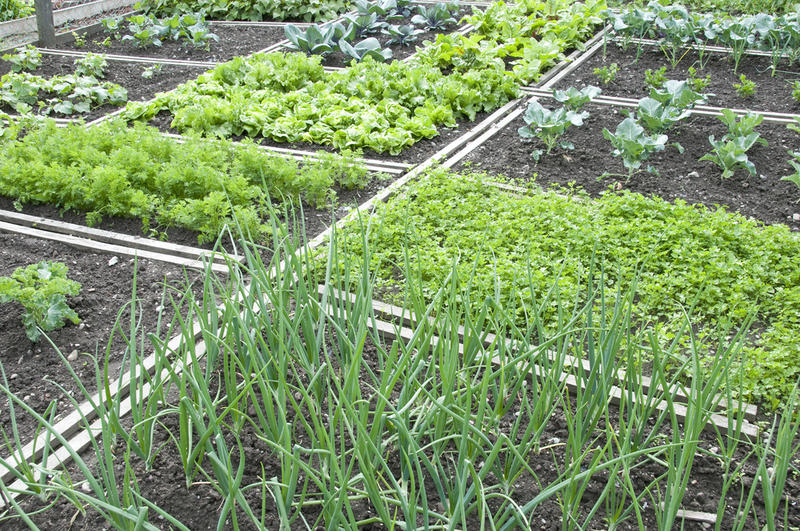
Mixed plantings will delight with the harvest, provided that there is a thoughtful neighborhood of crops
In addition to choosing a site, it is important to think over the sowing time. In principle, the dates may be the earliest, because this is a fairly cold-resistant plant. But, if the gardener wants to grow a lot of fresh greens throughout the season, it is recommended to plant or sow it in open ground using a conveyor method, sowing seeds at approximately two-week intervals. Then the period for forcing fresh herbs will be significantly extended, and the parsley conveyor will delight you until late autumn, right up to frost.
The usual sowing is carried out before winter, after the application of phosphate mineral fertilizers to the site.
List of crops adjacent to parsley
So, a site has been selected where parsley will grow. With what can you plant this culture next to, what kind of neighborhood will be beneficial, and what will harm it and other plants in the garden?
She will feel great and “make friends” with many green cultures, for example, watercress, basil, leaf lettuce. Parsley and onion also have good compatibility, but leeks are better than others. The same can be said about the compatibility of dill and any parsley. Parsley and garlic get along in the same garden quite calmly, although these two crops are neither in the list of hostile neighbors, nor in the list of favorable neighborhoods. Such joint plantings can beautifully green the site throughout the season.
But if a wide variety of greens is not planned, then with what, besides her, to plant parsley in the garden?
Here is a list of the most common plants in garden plots, with which it is very effective to plant parsley next to it:
- garden strawberries;
- Strawberry;
- radish;
- peas;
- cabbage;
- asparagus;
- zucchini.
Parsley grows well near beans, tomatoes and cucumbers.
What is the contraindicated neighborhood of parsley
In general, spicy and aromatic herbs, including parsley, have long earned the reputation of being the best companions. They repel insects, have a beneficial effect on the growth of their neighbors, and in some cases influence the taste of other vegetable crops in the most positive way. Everyone knows how useful, say, the neighborhood of basil and tomatoes - the latter are much tastier.
But there is one problem that applies to any kind of umbrella, including her. They all develop very poorly in the same place. The fact that it is undesirable to sow parsley again is said above. But when choosing which next to it is more profitable to plant parsley, with which to plant parsley on the same bed, you need to exclude unwanted precedence for itself. So, its cultivation is completely unacceptable after last year's dill. It's bad if a year earlier carrots grew on this place. It is also impossible to plant without damage to the crop after celery. Neighborhood with him is possible, but after him - not. Only after three or even five years have passed, the old ridge can accept parsley again after parsley or other umbrella. But a fresh bed will do just fine.
Gardener Tips for Neighborhood Parsley
What else can you advise summer residents who have decided to plant their own garden according to science? After all, the culture of agriculture, which means that the final harvest depends to a great extent on the good interaction of different plants, their mutual complementarity and the use of the protective goals of some in favor of others.
Tips for placing parsley in other crops:
- First, you need to study the protective properties of the plant itself. It is known that when planting parsley near rose bushes, aphids will disappear, since the aroma of this greenery repels the pest. Strawberries can be protected from slugs, which also can't stand the smell of parsley;
- Secondly, this plant belongs to the umbrella, which means that it has a great attractive force for pollinating insects. We are talking about parsley, left in the second year and blooming;
- Thirdly, we must not forget about the ban on sowing parsley after itself or other umbrella plants for three to five years in the same area. The reason for the ban is the own root secretions of such plants, which oppress them in the next season;
- Fourthly, you need to know the basic principles of plant competition for heat, light, water and nutrients. The main plants should occupy a central place in the bed, where there is always more nutrition than in the aisle and along the edges of the ridge. Such plants have a powerful and deeply located root system. Parsley, on the other hand, has a shallow superficial root system and receives nutrition from a different layer of soil. Therefore, it can be placed with crops such as radish, beetroot, root celery and others, in which the root system is located deep.
The same can be said about the placement relative to the light: small undersized bushes of parsley will complement tall and branched plants planted in the center along the edge.
Good or bad vegetable garden neighborhood is an exciting topic and difficult to describe in one small article.Therefore, only guidelines are given here, by which it is possible to study in more depth the crop rotation, the placement of plants in the neighborhood and other agrotechnical subtleties. It is obvious that the correct grouping of plants not only saves space (which is especially important in the conditions of small summer cottages), but also allows you to increase the yield and make it more extended in time. It is also very important that the consumer of vegetable products can use the gifts of their labor not at once, "struggling" with the harvest, but to produce enough products so that they can eat and use everything without loss for the longest period of the summer-autumn season.
